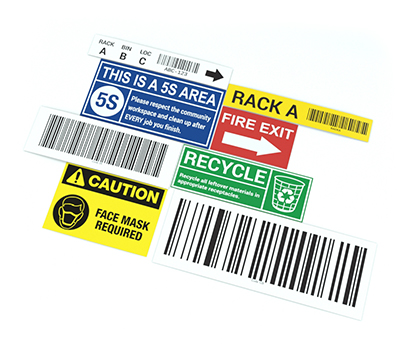
There are many different dangers and hazards that we experience throughout the day. In many workplaces, the number and type of dangers goes up dramatically. Risks to your health and physical wellbeing include things like physical injury, poisoning, fire hazards, explosions, contact with harmful chemicals, and more. One of the biggest dangers, however, is that of electrical shock or electrocution. This is because it can happen so quickly, and the results can be deadly. When it comes to safety with electricity, it is important to look at why wires are so dangerous.
Hazardous Electrical Charge
The most obvious reason why wires are so dangerous is because they carry electrical currents. If that electricity is kept contained within the wires at all times, there is very little risk. When the electricity comes in contact with a human body, or anything that it isn’t supposed to, however, the results can be disastrous. This is why it is so critical to take wire and electrical safety seriously in the workplace.
The Danger May be Hidden
Another reason why wires can be such a risk is because the hazard might not be immediately visible. For example, a wire may appear to be in good working condition, but actually have a small crack or cut in it in a place that isn’t easy to see. If someone picks up that wire and comes in contact with that damaged area, they could get a nasty shock. Electricity does not require a lot of room to escape the wire, which is why it is so important to have them properly inspected and maintained at all times.
Dangers from Unmarked Wires
One of the things that can make wires even more dangerous is if they are not properly marked. Most workplaces will have hundreds, or even thousands, of wires traveling throughout the facility to bring power where it is needed. Using labels or other markings to identify what the wire is, where it is going, and where it is coming from, will help to avoid accidents. Without proper wire marking, someone may think that they have disconnected the proper wire, but actually pulled the wrong one. When they start working on the equipment they could be seriously injured.
Similar Questions
- Why is wire marking important?
- Why should wire marking standards be followed?
- What are ground wires?
- What are the hazards associated with improper wire marking?
- How does wire marking improve safety?
- How are live wires identified?
- What workplaces require wire marking?
- How can wires be tested to tell if it’s hot?
- What are the training procedures for wire marking?

